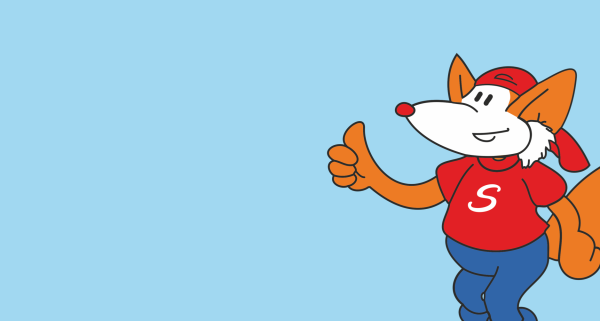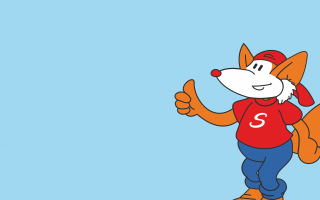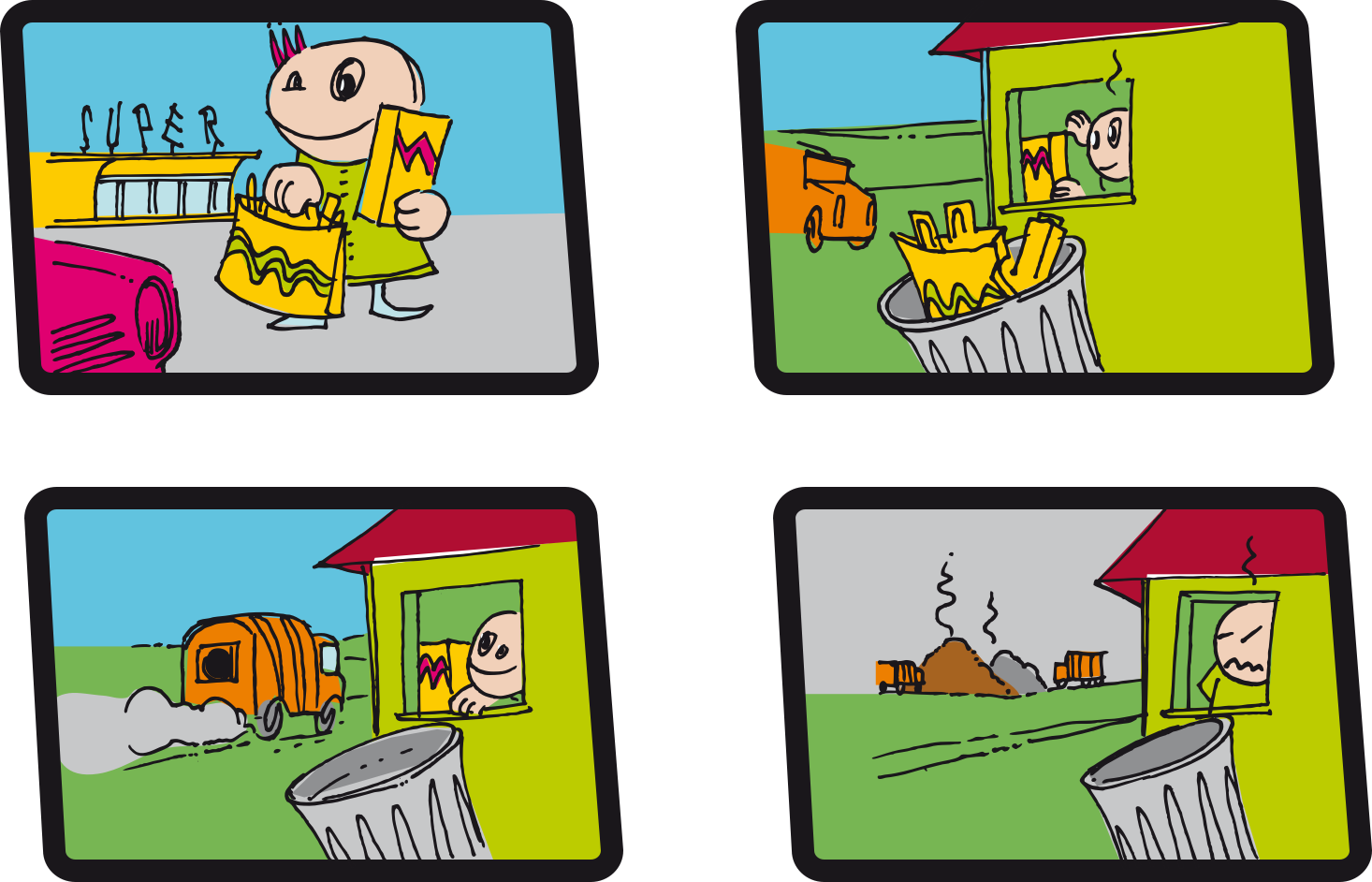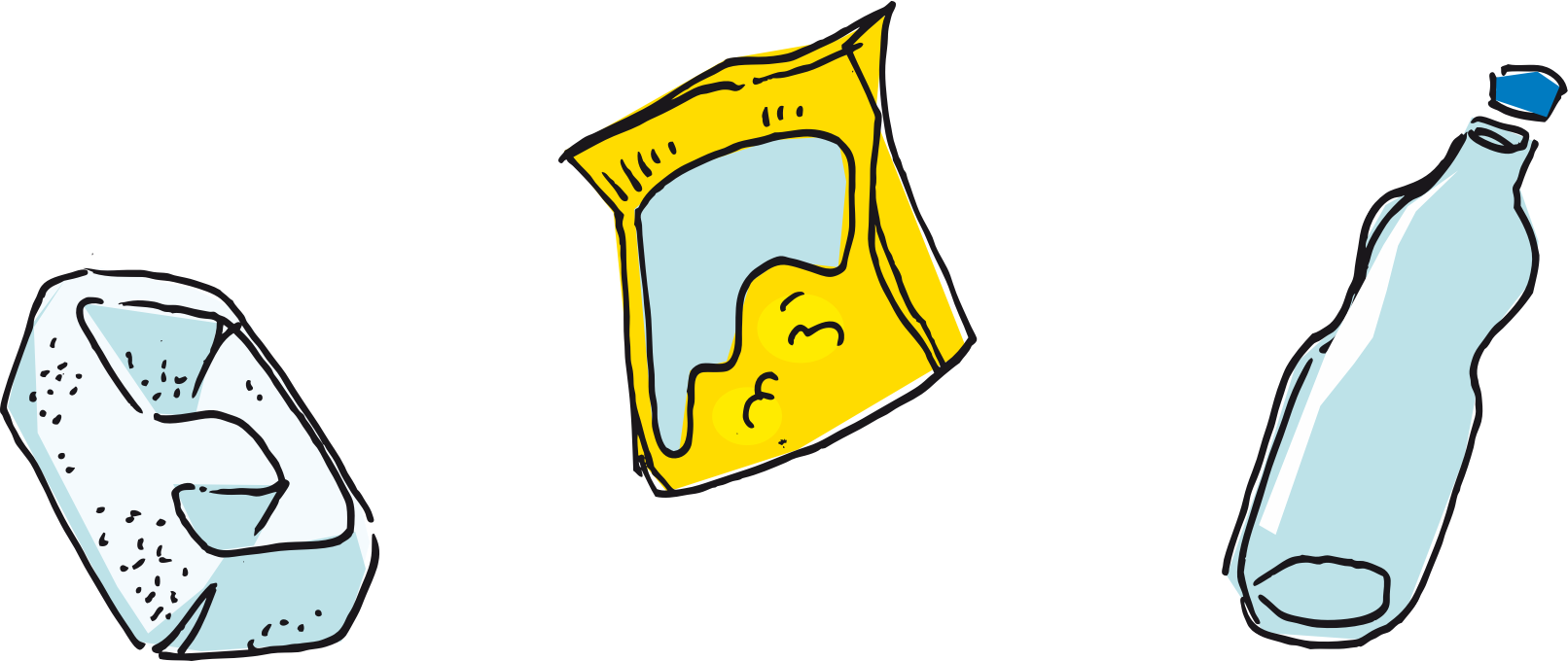
Explore the world
of resource management

The vision of value creation cycles
Children are our future. It’s especially important that even the youngest of children develop good environmental awareness and learn how to properly separate their waste. Saubermacher supports parents, kindergartens, schools, etc. in this challenge and takes responsibility for people and the environment. You have any questions about our activities?
Waste or reusable material? What do you think?
In in the ‘throwaway society’, everything comes in packaging. The solution is the ‘recycling society’.
The history of mankind is characterised by its steady development into a throwaway society. Today, nearly everything comes in packaging and we repair far less than ever before – such a waste! Not too long ago, waste was just tipped into dumps or incinerated. It hardly seems kind on the environment!

So, we had to look for a solution. We started to separate waste and recycle some of it. But recycling alone is not enough, and environmental protection needs to start much sooner. Waste can be avoided altogether, and much of it can be recycled and reused.
Secret codes? Start the quest!

Have you ever wondered what all of those marks on packaging actually mean? The following are the recycling codes. They appear on drinks, food and tissue packaging, but also on things like plastic lunchboxes.
And they do not only appear on packaging and products made from plastic, but also paper, metal, textiles and glass. There are separate codes for composite materials, which are products or packaging made from two materials merged together.
The triangle with the three arrows represents the recycling loop. The number indicates the material. The number is important as it tells you how things can be recycled.
01 with the abbreviation ‘PET’ stands for the plastic polyethylene terephthalate.
PET can be used to produce polyester fibres for clothing, films, drinks bottles and food packaging.
02 with the abbreviation ‘HDPE’ stands for high-density polyethylene.
HDPE is used to produce plastic bottles and bags, waste bins, plastic pipes and even artificial wood.
03 with the abbreviation ‘PVC’ stands for the plastic polyvinyl chloride.
Window frames use this material for example, but PVC can also be used for chemicals and adhesive bottles.
04 with the abbreviation ‘LDPE’ stands for low-density polyethylene.
LDPE is used to produce plastic carrier bags, soap dispenser bottles and plastic tubes.
05 with the abbreviation ‘PP’ stands for polypropylene.
PP is often used in vehicles for things like bumpers and interior cladding. Food packaging is also made from PP.
06 with the abbreviation ‘PS’ stands for the polystyrene.
PS is used to make toys, plant pots and suitcases.
07 encompasses all other plastics, including materials such as polylactide (PLA), acrylic glass, polycarbonate and nylon, which are often used in packaging.
Perhaps you are also familiar with the mulch films that many people use in their gardens.
And these are just the recycling codes for plastic – there are nearly 100 such codes all in all.

Our partners











